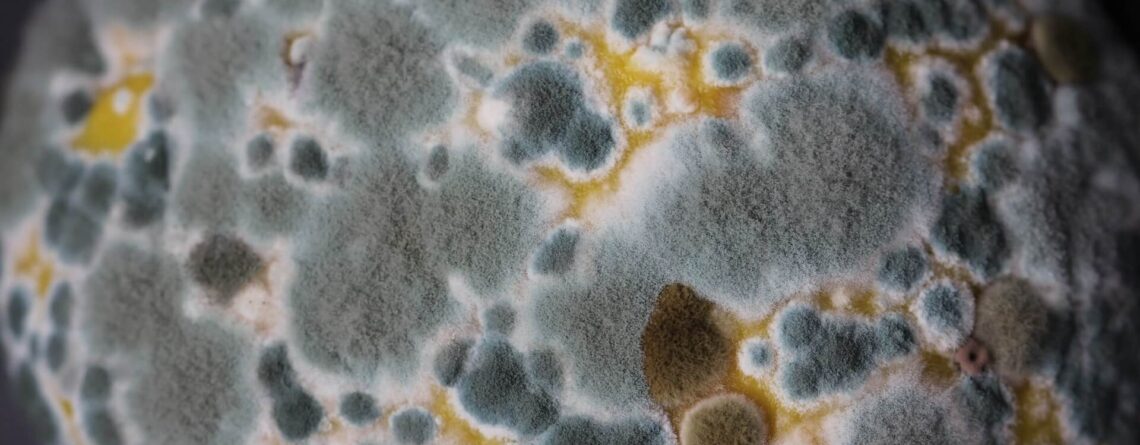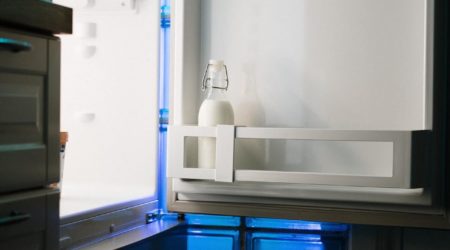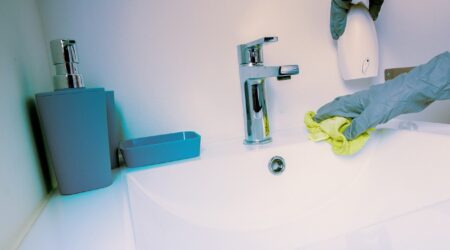Mold On Styrofoam In Air Conditioner (With Helpful Tips)
Does the entire room smell like mold every time you turn on your air conditioner?
That’s just one indication that you have a moldy air conditioner styrofoam.
While there are air conditioners without styrofoam inside, window-type air conditioners have built-in styrofoam.
This insulates the unit and prevents unwanted airflow.
While it’s not a favorable location for molds to grow, styrofoam may allow molds to thrive under the right conditions.
After some time, dirt and grime will accumulate on the styrofoam surface.
This offers a food source for fungi. Rain and standing water, on the other hand, supply the moisture that molds need to grow.
With these provisions in a dark and humid area, molds will definitely flourish on your air conditioner styrofoam.
If you suspect that mold is growing on your air conditioner styrofoam, you need to verify that and clean it up.
For a guide on how to clean mold on styrofoam in air conditioners, continue reading below.
We’ll help you obtain a mold-proof air conditioner in simple steps.
How To Clean Moldy Air Conditioner Styrofoam
In case the styrofoam in your air conditioner is already covered with mold, don’t fret.
You can get rid of mold growth using common household products like bleach and dish soap.
Follow the 10-step guide below to effectively remove mold from styrofoam.
- As a safety measure, turn off and unplug your air conditioning unit first. This is to ensure your safety as you work with an electrical appliance. Without a power supply, your air conditioner will not start suddenly and shock you.
- Take the styrofoam out. The styrofoam is removable, so you can pop it out of its place for thorough cleaning. Do not try to clean the item without removing it since you may not effectively remove fungal growth and spread it further.
- Consider yourself lucky if you only have to deal with dust-covered styrofoam. You can simply wipe the styrofoam surface with a vinegar solution using a damp cloth, and you’ll have squeaky clean styrofoam.
- On the other hand, you need to create a bleach solution for mold-infested styrofoam. To produce the mixture, simply add a tablespoon of dish soap and ½ cup of chlorine bleach in 3 gallons of hot water. Mix well.
- Next, grab a brush, sponge, or cloth to apply the soapy bleach solution.
- Scrub the styrofoam surface where mold has grown.
- Rinse and continue washing until you completely remove mold from styrofoam. Make sure that you leave not even one spore so that no regrowth will occur.
- Perform the final rinsing and then remove moisture using paper towels.
- Allow the styrofoam to air-dry or leave it under the sun to ensure that it has completely dried out.
- Finally, reinstall the styrofoam. Plug back your window-type air conditioner and enjoy the fresh and cool air it expels.
How to Clean Moldy HVAC Coils
Apart from the styrofoam on your window air conditioner, your entire unit is also at risk of mold growth, especially the coils.
When mold grows on the air conditioner coils, it can impede the efficient cooling of your air conditioner.
The same is true if your unit is covered in dust and grime.
In turn, this will lead to high monthly energy bills and warmer air conditioner air.
It may even cause your air conditioner to cease functioning and require repair service.
To get rid of mold development on your air conditioner coils, do the steps below.
- Unplug the air conditioner from the power source.
- Uncover the coils by removing the outer cover of the air conditioner. Use a screwdriver in case you need to unscrew the coil cover.
- Use a vacuum to suck in loose dust and mold spores from the coils. Install a brush attachment to release more dust, dirt, and spores. Make sure that you move around the entire coil area.
- Apply spray cleaner on the coils. This product is self-rinsing, which means you don’t have to rinse your coils afterward.
- Let the foam sit for 15-20 minutes.
- Allow your air conditioner coils to dry before putting the cover back.
- Secure the coil cover with screws and then reconnect the air conditioner to the power supply.
Mold growth on your HVAC system is disgusting.
The spores can easily spread through the air coming from your air conditioner.
Besides smelling musty, molds may also cause health problems such as breathing complications and allergic reactions.
When the spores scatter, mold may even grow on various surfaces of the room.
Thus, you need to regularly keep the condition of your air conditioner.
Making sure that it’s free from dirt, dust, and fungal growth is paramount to having fresh indoor air.
It’s also necessary to achieve energy efficiency.
We recommend that you clean the styrofoam and coils on your conditioner at least twice a year to prevent mold development.
Find more useful guides and how to’s on MaidFeed.com, your everyday cleaning guide.







